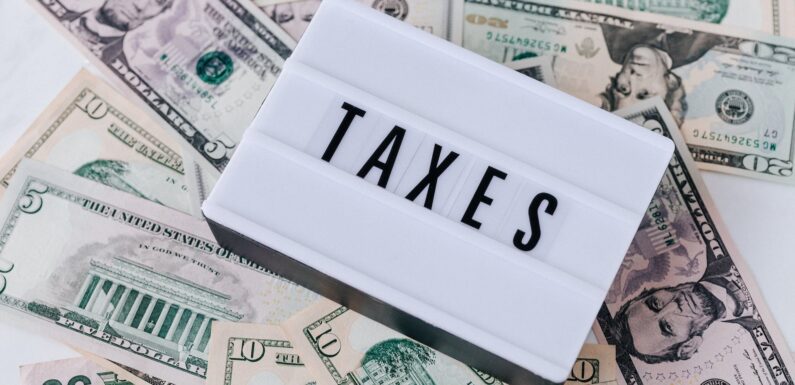
Non-fungible token (NFT) traders have increased the sale of their worthless tokens to offset capital gains on their taxes.
As the December 31 deadline for selling such tokens approached, there was a sudden spike in the number of traders selling such tokens.
Tax loss harvesting is a strategy that investors use to reduce their capital gains taxes from selling profitable investments. By selling NFTs for pennies for example, it is on record that the traders sold their investments at a loss, which then reduces their capital gains tax.
This sudden interest in selling junk NFTs has become popular especially as the criminal investigation unit of the IRS is reportedly taking a special interest in crypto cases.
Projects like Harvest.Art, Unsellable NFTs, and Sol Incinerator, which aim to purchase worthless NFTs in order to assist traders in tax loss harvesting, speak on the patronage in 2023.
“People love to procrastinate, so most of our volume starts around December 26th and peaks right up until midnight hours of the new year,” said pseudonymous developer NetDragon, co-founder of Harvest.
Also commenting on the last surge in junk NFT trading volume, director of partnerships at Unsellable, Skyler Hallgren said most NFT investors are first timers, so the awareness of tax loss harvesting is limited.
“A lot of those folks are not as savvy when it comes to end-of-year tax planning as traditional investors might be. Most traditional investors are…being strategic about tax loss harvesting and finding ways to bring down their tax burden. Most Web3 folks don’t come from that world,” said Hallgren.
Why They Buy Worthless NFTs
It may be strange why anyone would want to buy worthless NFTs. However, each one of the projects buying the NFTs has a strategy which makes the venture beneficial to them.
For Unsellable for instance, it pays one penny for each NFT, but also charges a service fee of .002 eth (about $4.60 at current rates) for each NFT offloaded, up to a maximum of .08 eth (about $184.21) per transaction.
This doesn’t include gas fees which can be exorbitant, and traders can sell up to 500 NFTs per transaction, from multiple collections at once.
For Harvest, it pays one gwei (one-billionth of one eth) for each NFT sold through the platform and doesn’t charge an upfront service fee. It also offers one “bid ticket” in exchange for each NFT sold, allowing users to bid on some of the over 110,000 NFTs held by Harvest
According to Hallgren, the traders sell the NFTs purely as a strategy to reduce tax loss.
“Most of our users are not looking to get into a different speculative crypto investment; they’re looking to make a really straightforward, no-nonsense end of year tax strategy,” he said.
IRS Crackdown on Tax Evasion
Cryptocurrency has come under intense scrutiny in the United States, with the securities and exchange commission (SEC) going after and taking top crypto companies like Binance to court.
Other agencies have joined in this scrutiny, including the IRS which has taken particular interest in crypto assets. This has necessitated the selling of junk NFTs in order to reduce tax loss as crypto is a priority asset for the IRS tax evasion monitoring.



